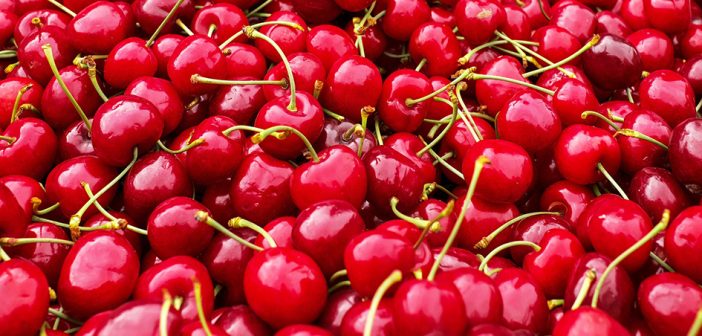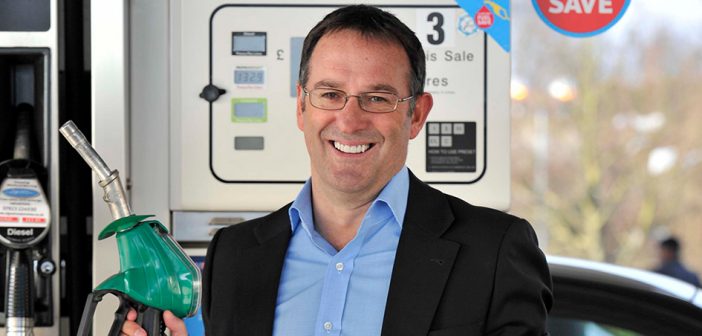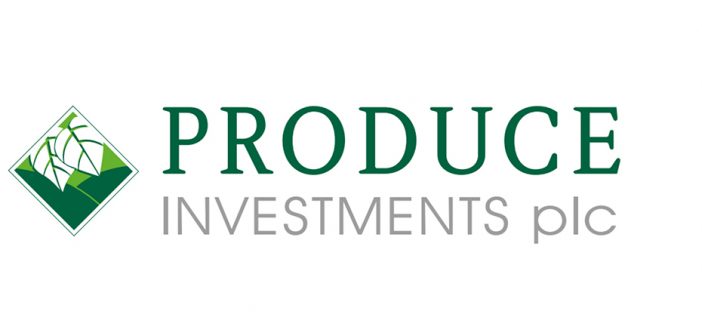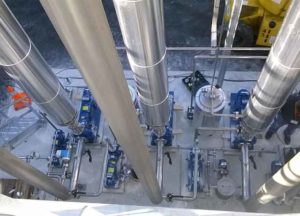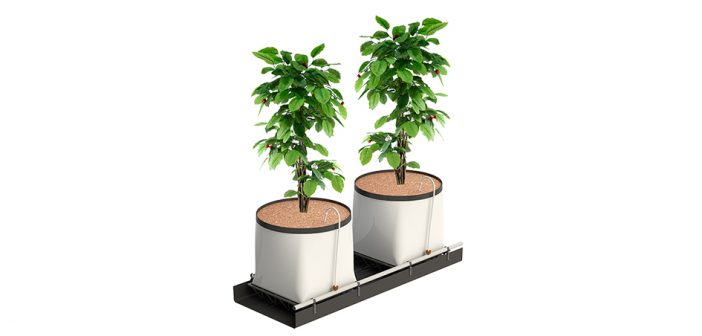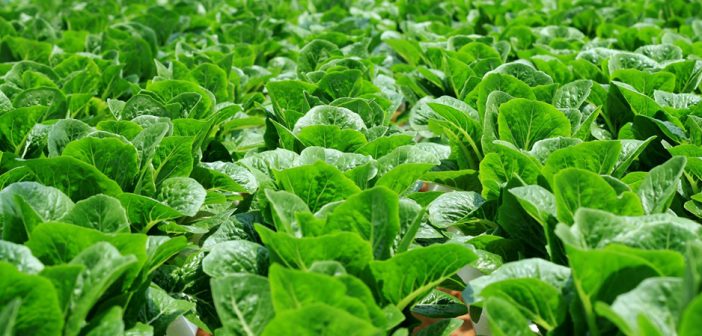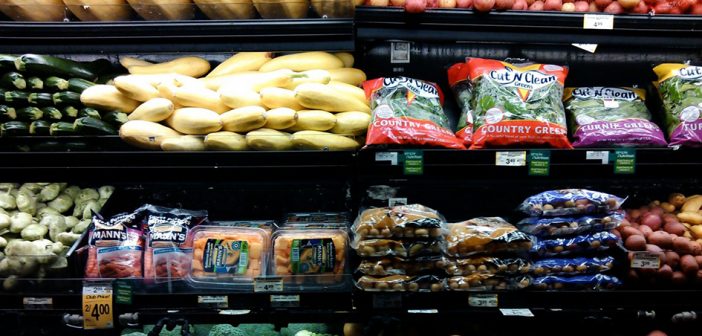Industry 4.0; fourth industrial revolution; internet of things – Three terms referring to the shift in industry towards autonomous production systems using machines which are controlled and monitored by computer-based algorithms. While there can be a lot of hype, there is no doubt that the general direction of travel in manufacturing is for the use of more autonomous systems – presenting a fantastic opportunity for businesses to tackle key challenges, such as minimising and preventing waste.
When processing various, often viscous, food products a certain amount adheres to the inside surfaces of machinery and pipework. Some product may also be left behind upon completion of each production run. A combination of good design and cleaning systems can be used to overcome the issue. The three main techniques – physical ‘pigging systems’, water-based flushing, and forcing clean air through the system – all remove residual product as part of cleaning-in-place (CIP) procedures, which may need to be carried out several times a day.
While all of these recovery techniques have the ability to salvage residual product, a certain amount is still lost as waste. However, by using inline monitoring equipment linked to a system designed to allow product which meets the specified parameters to be reworked, the amount of valuable product recovered from equipment such as pasteurisers and sterilisers can be maximised.
This concept is not new in automation. Every HRS pasteuriser or steriliser already has a temperature transmitter and a three-way valve installed after the holding tube. If for any reason the pasteurisation or sterilisation temperature (set point) is not maintained through the holding tube, the temperature transmitter sends a signal to the valve to return the product to the holding tank.
This same principle is now being applied to the HRS Product Recovery System. Rather than just measuring temperature, any suitable physical or chemical property can be continually monitored, such as Brix, pH, viscosity or density. The choice of which parameter is used depends on the nature of the product and the sensors that are available.
For example, on a line producing fruit juice, monitoring the concentration of the juice leaving the pasteuriser is monitored using a Brix meter allows any juice which falls below a set level to be diverted. By monitoring the product concentration from the beginning of the flushing cycle, it is possible to send juice with a Brix level of 12 or higher to the next phase of production (such as packing), and only discard material which falls below this set parameter.
As well as increasing the amount of product which can be sold, reducing the amount of waste generated decreases disposal costs such as storage, transport and treatment. Alongside these financial benefits, the environmental footprint of the production line will also be improved, with more end product being obtained for the same effort – effectively lowering CO2e emissions per unit produced. Furthermore, cutting down the amount of product mixed in with the flushing or cleaning water means that the resulting waste stream is cleaner and will require less processing.
As all HRS pasteurisers and sterilisers already include a three-way valve to allow for the diversion of out-of-specification product, the only real additional expense are the monitoring and control systems. With potential cost savings running into hundreds of thousands of pounds, such systems rapidly repay any additional capital expense.
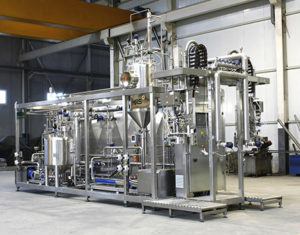
The post Reduce waste and future-proof production with automatic product recovery appeared first on HRS Heat Exchangers.
